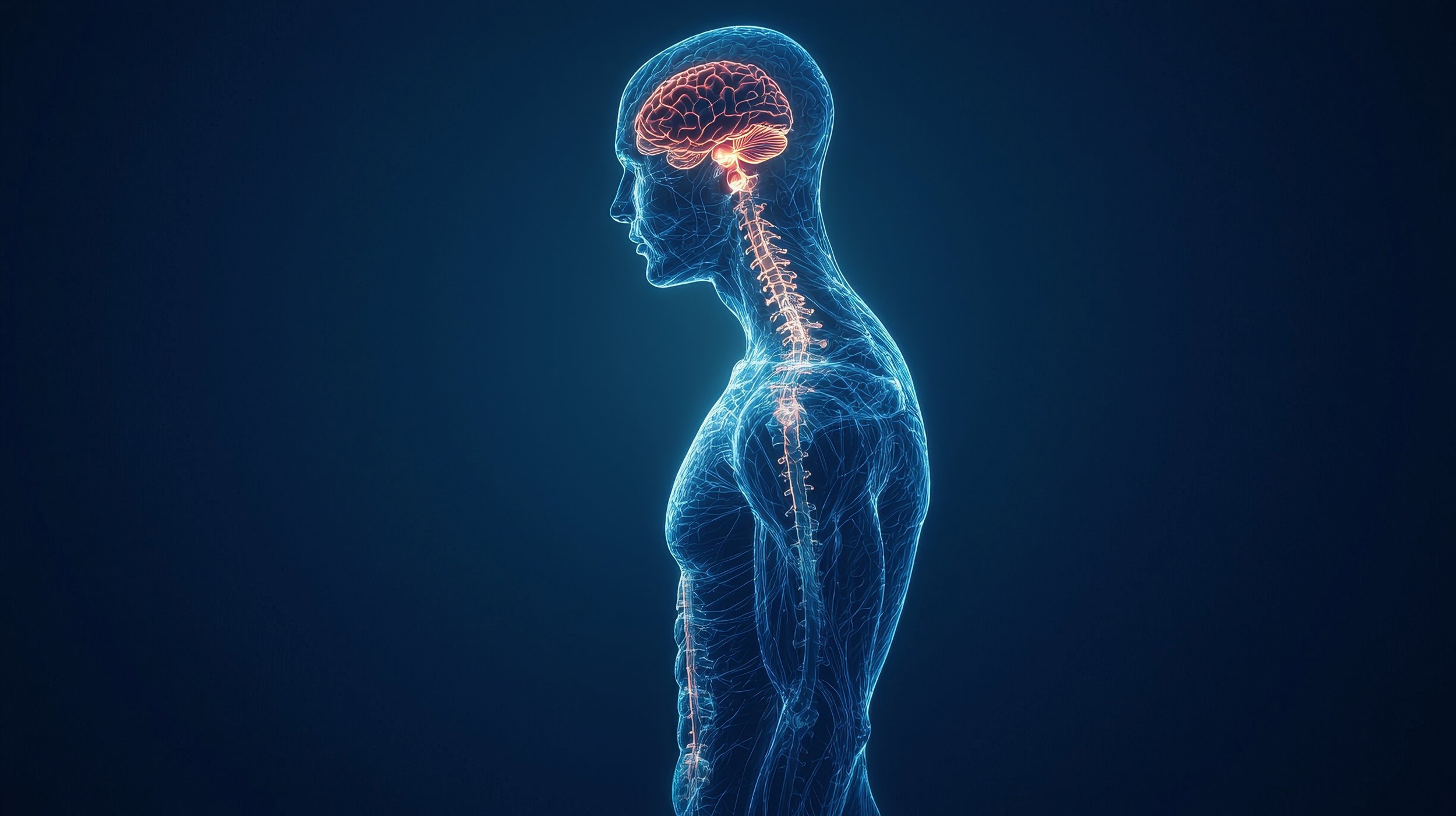
Precision Diagnostics
One of the common things we see in pain and musculoskeletal medicine is that many people have struggled to get a definitive diagnosis for their pain. Don’t get me wrong, pain can be extremely difficult to break down and diagnose, otherwise everyone would have a clear diagnosis and our job probably wouldn’t exist! Having the ability to break down complex pain into its relevent parts and create an effective treatment plan is a core part of the treatment process at Nexus Pain Management
Over time we have been able to develop a detailed understanding of the complexities of chronic pain. This helps us to really break down the components of a patient’s pain and thereby identify the most appropriate treatment for it. Chronic and complex pain will inevitably involve a complex interplay between the bodies tissues (bones, joints, muscles, tendons, ligaments), the nervous system (the peripheral and central nervous system) and well as the mind. In our experience leaving any one of these factors out of the assessment and plan, is likely to miss a significant piece of the puzzle. For every person the contributors are different and hence each person needs their own individual plan tailored to their particular situation.
Another very fortunate ability that we have is to perform our own detailed ultrasound scanning and diagnostic blocks in rooms. We have spared no expense and invested in the very highest quality equipment available. We routinely add ultrasound scanning to our initial assessment. We even include dynamic scanning during movement when required to pick up abnormalities that are likely to be missed when scanning is done stationary. The other advantage to having our own, high-end ultrasound in rooms is that when we have a hypothesis regarding where the pain is coming from, we am able to perform the diagnostic block in rooms ourselves, exactly to the region we want to test. The response to this “diagnostic block” also provides a wealth of information to our diagnostic process.
The diagnostic block is very helpful for guiding diagnosis and treatment (and we will routinely add some therapeutic treatment such as Dextrose to the block). By using local anaesthetic to numb the area of interest for 2-4 hours, it will produce a 2-4 hour window where if the injected tissue is indeed the primary generator of the pain, then the pain will improve. After doing this for some time now we have gotten reasonably good at picking the spot and breaking down complex pain into its individual chunks to guide management. However, pain is a complex experience and there are no rules, only trends. So, every so often we will have a false start or 2 in the diagnostic block process. But if the diagnostic block it doesn’t help at all for that 2–4-hour window, fear not because this is still really helpful information. If the assessment points to a particular region causing pain but a diagnostic block to that region does not help, it indicates that actually the pain probably isn’t coming from that area so we should strike that off our list. It’s more likely the pain is referring from a different area that we need to find. This helps avoid a series of treatments to tissue that was not the actual cause of the pain in the first place. We may have to hunt a bit further but it means when we eventually find the culprit, we will be certain of it and the subsequent treatment(s) will not be targeted to the wrong place.


